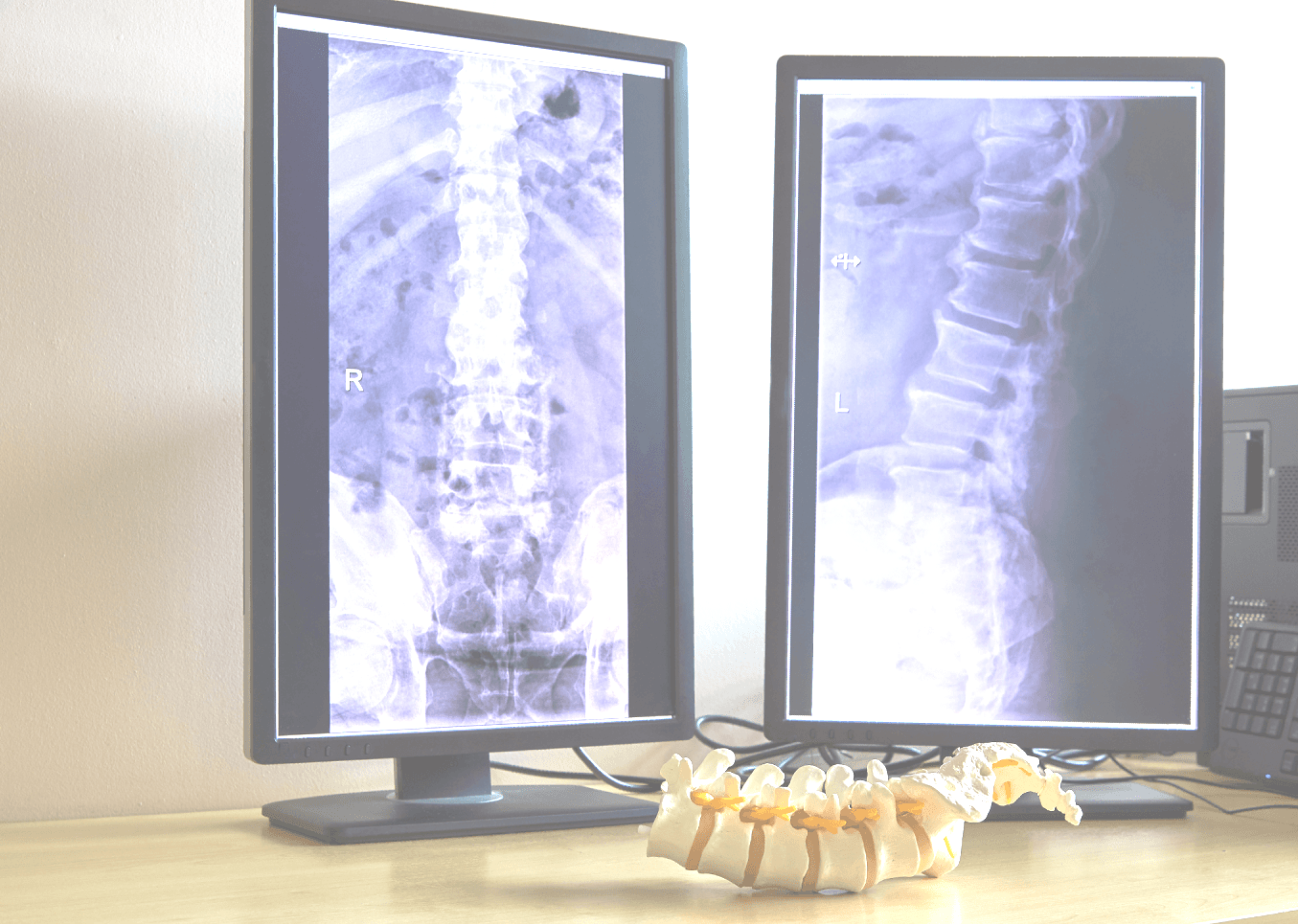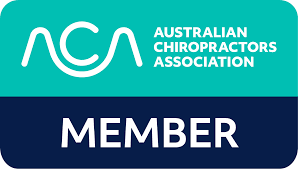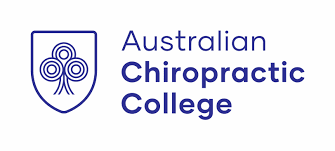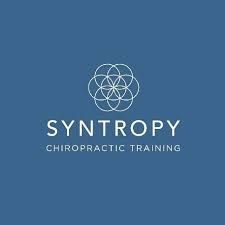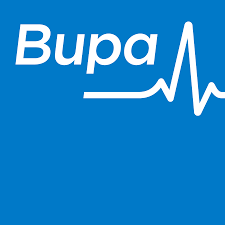Bonnyrigg's Guide to Postural Correction
Discover how your posture reflects your nervous system, and what to do about it
When most people hear the word “posture,” they think about how they sit at their desk or whether their shoulders are rounded forward, what we call thoracic kyphosis or 'hunch back' posture. At our Chiropractic clinic Adjusting to Health however, posture is so much more than just that. It’s a window into your nervous system and spinal biomechanics. It tells a deeper story, one about how your body is adapting to stress, tension, and the demands of daily life.
Poor posture isn’t just a result of bad habits alone. It often occurs in combination with spinal misalignments that can build up as a result, known as subluxations. That often places strain on your muscles, reduces joint mobility, and interferes with proper brain function. New research lead by Chiropractor Dr Heidi Haavik (Ph.D) shows that impaired cerebellum function can alter our posture. The cerebullum is the part of the brain that controls proprioception (our bodies awareness of it's position in space and time).
How is this all related to the spine and subluxation though?
What we know is that when we have subluxation in the spine that creates interference. When we adjust subluxations, we improve strength, we prevent fatigue and we change the way the brain drives our muscles; see the article here to learn more. This therefore has an impact on our posture beyond just strain on muscles and reduced joint mobility.
Over time, these postural distortions can lead to back pain, neck tension, fatigue, shallow breathing, and even mood changes, and most people don’t even realize it’s happening. At Adjusting to Health, we take posture seriously because we know it’s one of the most visible signs of what’s happening beneath the surface. If your posture is off, it means your body is compensating. The longer it goes uncorrected, the more your body adapts around dysfunction creating a spiral of downstream effects.
We don’t just tell people to “sit up straight.” We help correct the structural and functional issues often causing or contributing to our patients slouching or compensating in the first place. Our care starts with a detailed 10-step assessment including spinal imaging, neurological scans, and a posture analysis so we can identify exactly where your body needs support.
Chiropractic adjustments help restore alignment in the spine, reduce neurological stress caused by subluxations, and improve how your body holds itself naturally. When your spine moves better, your posture improves, not because you’re forcing it, but because your body begins to start functioning as it should.
Patients often tell us that within a few weeks of starting care, they're starting to feel taller, lighter, and more confident with their posture. Posture isn’t just about appearances. It’s about health, function, and how well your brain and body are communicating.
Whether you’re noticing a change in your posture, dealing with tight shoulders, or simply feeling like something’s off, it's time for a spinal check-up. Good posture isn’t just a bonus. It’s a foundation for long-term health and resilience. You can learn more about our corrective Chiropractic approach here.
- Written by Dr Nico

